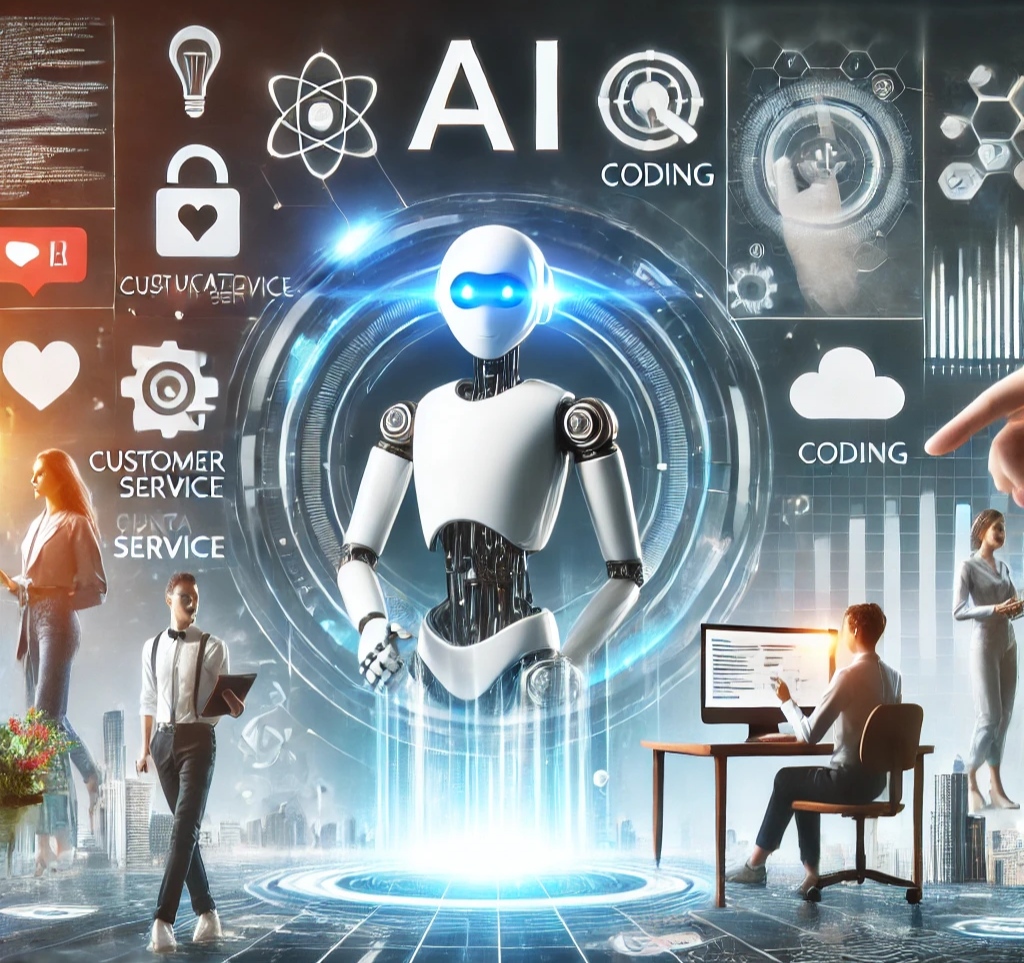Introduction
ChatGPT, developed by OpenAI, is a state-of-the-art AI language model capable of engaging in natural and dynamic conversations. Its versatility has made it a game-changer across industries, from customer service to education. In this blog, we’ll explore the various uses of ChatGPT, its latest upgrades, and a balanced view of its advantages and disadvantages.
Uses of ChatGPT
- Customer Support: ChatGPT can handle inquiries, provide solutions, and guide customers through processes, offering 24/7 assistance.
- Content Creation: Writers and marketers use ChatGPT to generate ideas, draft articles, or create social media posts.
- Education: It assists students with homework, explanations of complex topics, and even language learning.
- Coding Assistance: Developers leverage ChatGPT to debug, write code snippets, and learn new programming languages.
- Personal Assistant: From managing schedules to providing recommendations for books, movies, or travel, ChatGPT serves as a reliable personal assistant.
- Healthcare Support: While not a substitute for professional advice, it helps patients understand medical jargon, prepare questions for doctors, and access health-related information.
Latest Upgrades in ChatGPT (2025)
OpenAI regularly enhances ChatGPT to improve its performance and capabilities. Some recent advancements in 2025 include:
- GPT-5 Architecture: The latest model version, GPT-5, introduces enhanced reasoning capabilities, better contextual understanding, and faster response times.
- Expanded Multimodal Features: ChatGPT now processes and generates audio, video, and interactive content, in addition to text and images.
- Advanced Memory Systems: The model can now retain personalized context for longer durations while ensuring user data privacy.
- Dynamic Real-time Updates: ChatGPT can access real-time information, keeping responses up-to-date with the latest news and trends.
- Improved Customization: Users and businesses can fine-tune the model for specific tasks or industries with ease.
- Enhanced Security Measures: Upgraded safety protocols and AI moderation tools minimize harmful outputs and ensure ethical AI use.
- Localization and Multilingual Support: ChatGPT offers superior language translations and localized responses tailored to diverse cultures and regions.
Advantages of ChatGPT
- Accessibility: It’s available round-the-clock, ensuring users have constant access to support or information.
- Efficiency: ChatGPT can process large volumes of requests simultaneously, saving time and resources.
- Cost-effective: Businesses save money by automating tasks that would otherwise require human intervention.
- Versatility: Its wide range of applications makes it valuable across industries.
- Personalization: ChatGPT can adapt to user preferences and provide tailored interactions.
Disadvantages of ChatGPT
- Accuracy Limitations: While highly advanced, ChatGPT occasionally provides incorrect or misleading information.
- Lack of Emotional Intelligence: It cannot fully understand or replicate human emotions, which may lead to impersonal interactions.
- Over-reliance: Users may become too dependent on ChatGPT, potentially impacting critical thinking and creativity.
- Bias and Ethical Concerns: Despite improvements, the model can reflect biases present in its training data.
- Data Privacy: Users must exercise caution with sensitive information, as conversations may be stored or analyzed for training purposes.
Conclusion
ChatGPT is a transformative tool with immense potential to revolutionize various fields. Its uses and advantages outweigh its limitations for many, making it a valuable asset in the digital age. However, understanding its shortcomings ensures users can approach it responsibly and effectively.

Leave a Reply